1. Wendy’s
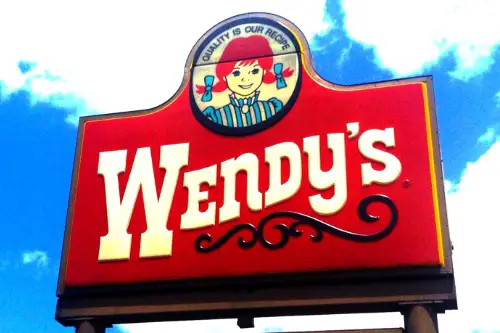
Wendy’s has been a staple in the fast-food industry for decades, known for its square burgers and catchy slogans. However, in 2024, the company announced plans to close 140 underperforming locations, Yahoo Finance reports, citing outdated facilities and shifting consumer preferences. This move is part of a broader strategy to revitalize the brand by focusing on more profitable locations and modernizing their restaurants. It’s a significant change for a chain that’s been a go-to for many burger lovers.
Despite these closures, Wendy’s is also looking to the future. The company plans to open 250 to 300 new restaurants worldwide, aiming to offset the impact of the closures. This dual approach of closing underperforming stores while expanding into new markets indicates Wendy’s commitment to maintaining its presence in the fast-food industry. Only time will tell if this strategy will pay off.
2. Denny’s
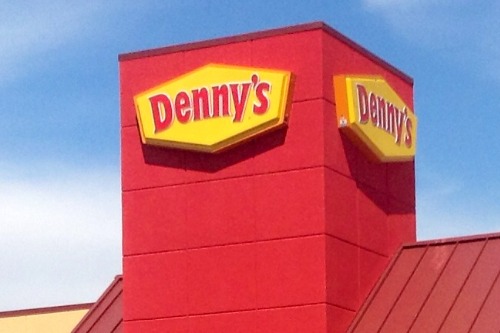
Denny’s, the beloved diner famous for its 24/7 service and hearty breakfasts, is facing tough times. In 2024, the company revealed plans to shutter up to 150 underperforming locations by the end of 2025, according to CNN. This decision comes as part of an effort to strengthen the overall health of the brand by eliminating less profitable restaurants. It’s a bittersweet moment for fans who have fond memories of late-night meals at Denny’s.
The closures are expected to improve franchisee cash flow, allowing for reinvestment into initiatives like store remodels. Despite the challenges, Denny’s is also planning to open new locations and has remodeled several branches to enhance the dining experience. The hope is that these efforts will attract a new generation of diners while retaining loyal customers. It’s a delicate balance between honoring the past and embracing the future.
3. Shake Shack
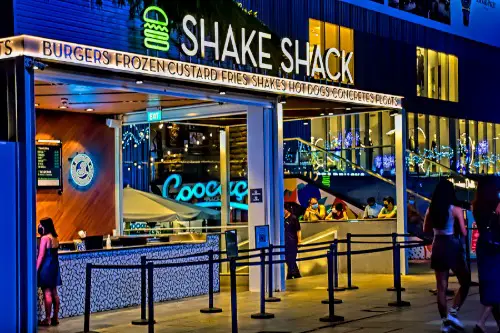
Shake Shack, known for its gourmet burgers and modern ambiance, has also felt the pinch. In 2024, the chain announced the closure of nine underperforming locations across California, Texas, and Ohio, according to the Los Angeles Times. The decision was influenced by factors such as changes in trade areas and increased competition. For a brand that once symbolized the upscale fast-food movement, this is a notable setback.
However, Shake Shack remains optimistic about its growth prospects. The company plans to open 40 new company-owned locations and two more licensed outlets this year. By focusing on strategic expansion and learning from past challenges, Shake Shack aims to strengthen its position in the competitive fast-food landscape. It’s a reminder that even trendy brands must adapt to changing market dynamics.
4. KFC
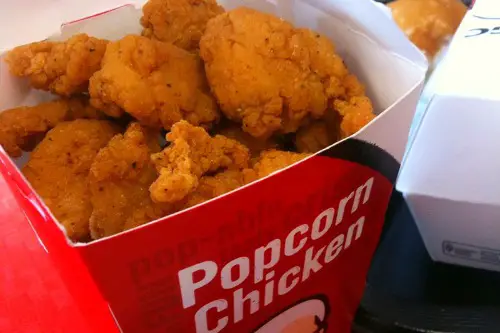
Kentucky Fried Chicken, or KFC, has long been a favorite for fried chicken enthusiasts. Yet, in 2024, a major franchisee abruptly closed about 25 locations across Illinois, Indiana, and Wisconsin. These closures were part of a broader trend of underperforming stores being shuttered to cut losses. It’s a tough blow for fans in these regions who crave the Colonel’s secret recipe.
The fast-food giant has faced challenges due to changing consumer preferences and increased competition, according to The Economi Times. In response, KFC has been working on menu innovations and marketing strategies to regain its footing. The hope is that these efforts will resonate with both longtime fans and new customers. It’s a critical time for the brand to prove its resilience.
5. Noodles & Company
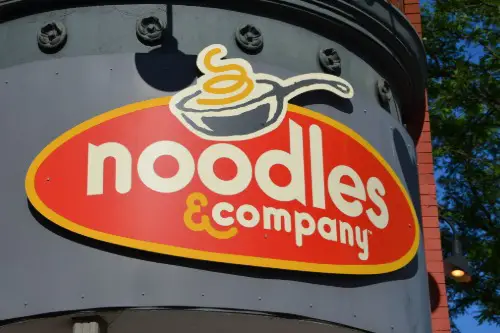
Noodles & Company offers a diverse menu of pasta dishes from around the world. Despite its unique concept, the chain announced in 2024 that it would close 10 to 15 underperforming restaurants during the fiscal year, according to Nation’s Restaurant News. This move aims to improve the company’s overall health by focusing on more profitable locations. It’s a strategic decision to streamline operations and boost profitability.
The closures are part of a broader plan to enhance the brand’s performance. By eliminating underperforming units, Noodles & Company hopes to allocate resources more effectively and strengthen its market position. The company is also exploring menu innovations and marketing initiatives to attract a broader customer base. It’s a calculated effort to turn the tide in a challenging market.
6. Buca di Beppo
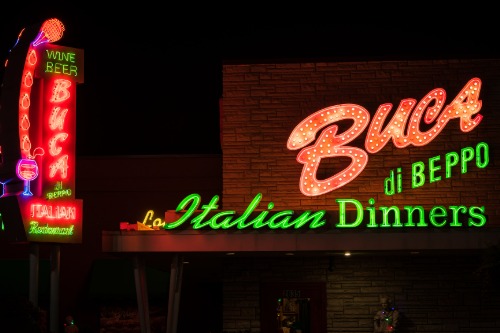
Buca di Beppo, known for its family-style Italian dining, has faced significant challenges. In 2024, the chain announced the permanent closure of 13 locations across several states, including California, Michigan, New York, and Utah. The company cited an inability to recover from the pandemic and other market pressures as reasons for the closures. It’s a sad development for patrons who enjoyed the restaurant’s communal dining experience.
Following the closures, Buca di Beppo filed for Chapter 11 bankruptcy protection. Despite these setbacks, the chain continues to operate 44 locations and is working on restructuring efforts. The goal is to emerge from bankruptcy as a leaner, more efficient operation. It’s a challenging road ahead, but the company is striving to preserve its place in the dining landscape.
7. Hooters
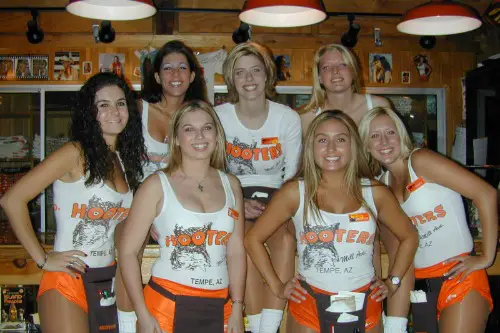
Hooters, famous for its wings and sports bar atmosphere, has also been impacted by the industry’s downturn. In the summer of 2024, the chain closed dozens of underperforming locations across at least five states. The company attributed these closures to current market conditions and emphasized the difficulty of such decisions. It’s a notable shift for a brand that has been a fixture in the casual dining scene.
Despite the closures, Hooters is still opening new locations, particularly internationally. The brand remains resilient and is focusing on growth opportunities in new markets. By adapting to changing consumer preferences and exploring new concepts, Hooters aims to revitalize its appeal. It’s a testament to the brand’s determination to stay relevant in a competitive industry.
8. BurgerFi
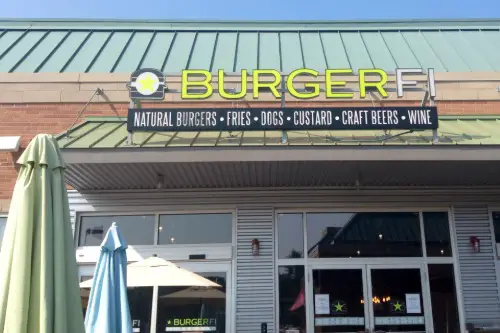
BurgerFi, known for its gourmet burgers and eco-friendly practices, has encountered financial difficulties. In 2024, the chain filed for Chapter 11 bankruptcy protection after closing 19 underperforming restaurants. The company cited rising costs and a decline in consumer spending as key factors leading to the decision. It’s a challenging time for a brand that once prided itself on quality and sustainability.
Despite the bankruptcy filing, BurgerFi plans to keep its remaining 144 locations open. The company is focusing on restructuring efforts to stabilize its operations. By addressing financial challenges head-on, BurgerFi hopes to emerge stronger and more resilient. It’s a critical juncture for the brand as it navigates the complexities of the current market.
9. Red Lobster
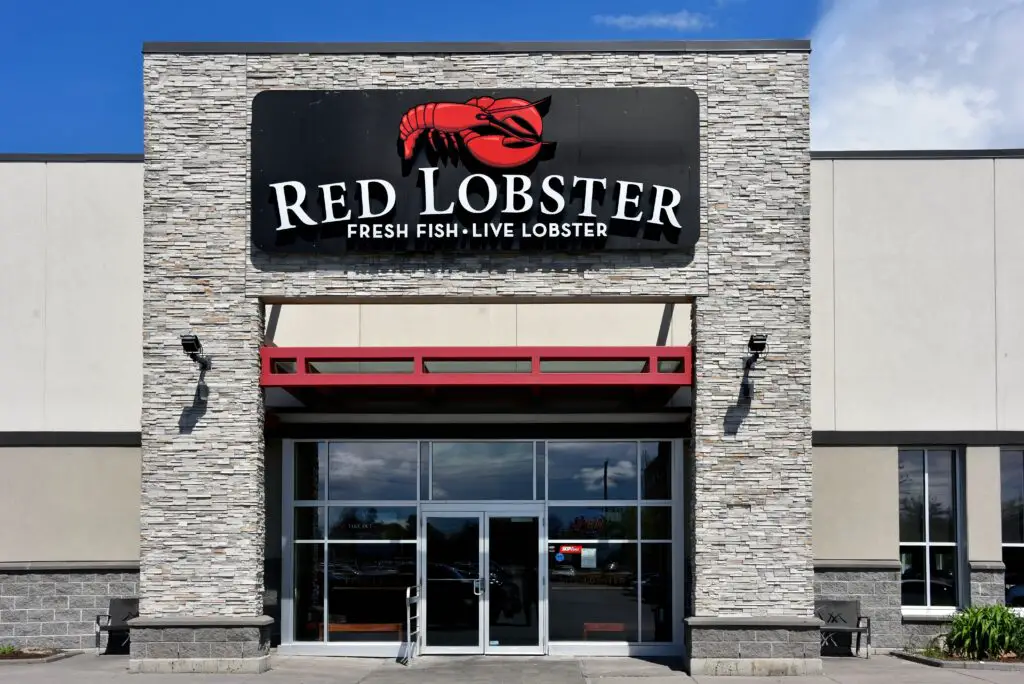
Red Lobster, the world’s largest seafood chain, has faced turbulent waters. In May 2024, the company abruptly closed nearly 100 restaurants amid reports of potential bankruptcy. The closures were part of an effort to simplify the business and address financial challenges. It’s a significant contraction for a chain that once dominated the casual seafood dining market.
Following the closures, Red Lobster filed for Chapter 11 bankruptcy protection. The company has since been acquired by Fortress Investment Group and is undergoing restructuring efforts. The goal is to stabilize operations and return to profitability. It’s a pivotal moment for the brand as it seeks to chart a new course in the dining industry.
10. Rubio’s Coastal Grill
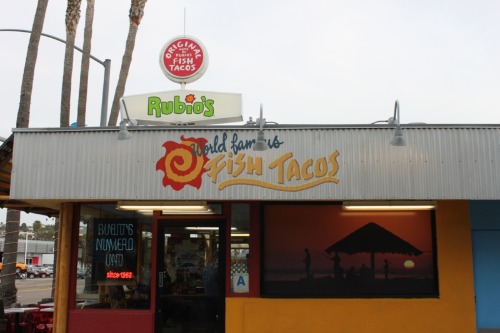
Rubio’s Coastal Grill, famous for its Baja-style fish tacos, has been struggling to stay afloat. In 2024, the company abruptly closed 48 locations across California, citing high operating costs and shifting consumer demand. The closures marked a significant retreat from the state where the brand was born and built its reputation. For many loyal customers, it was a disappointing loss of a go-to spot for fresh, coastal-inspired Mexican food.
Despite these setbacks, Rubio’s still operates dozens of locations in other states. The company is focusing on improving its financial health and adapting its menu to better meet customer expectations. Rising labor costs and rent in California played a huge role in the closures, but Rubio’s leadership remains hopeful about the brand’s future. Whether it can regain momentum remains to be seen, but for now, it’s a brand on shaky ground.
11. Boston Market
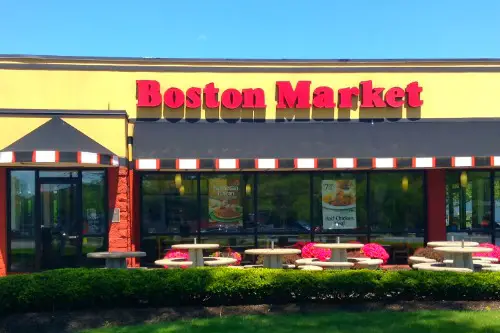
Boston Market, once a pioneer in the fast-casual rotisserie chicken space, has been rapidly shrinking. In 2024, the chain shut down multiple locations, with reports of unpaid wages, lawsuits, and operational struggles piling up. Some stores were even seized by authorities due to missed payments and labor violations. It’s a dramatic fall for a restaurant that was once a staple for homestyle meals on the go.
The company’s financial woes have led to speculation that it may not survive much longer. Many locations that remain open have faced supply shortages and declining customer traffic. The brand’s struggles stem from increased competition and a lack of innovation in its menu. Unless major changes happen soon, Boston Market could disappear altogether.
12. Checkers & Rally’s
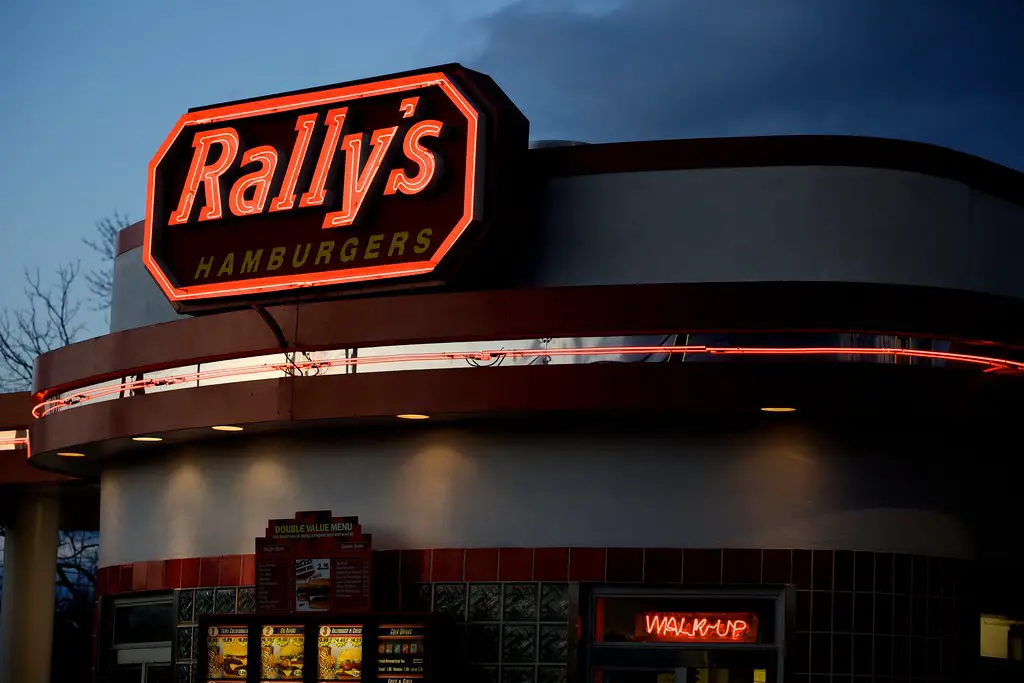
Checkers and Rally’s, known for their seasoned fries and double drive-thru concept, have been closing stores at an alarming rate. In 2024, the company shut down multiple locations as it struggled with declining sales and rising costs. Increased competition from other fast-food chains, along with changing consumer habits, have made it difficult to maintain profitability. It’s a rough time for a brand that built its identity on affordability and convenience.
Despite the closures, Checkers & Rally’s has been working on revamping its business. The company is investing in digital ordering, drive-thru efficiency, and new menu items to attract customers. However, with many locations already shuttered, the brand faces an uphill battle to stay relevant. If it can’t turn things around, it may soon become another casualty of the fast-food shake-up.


